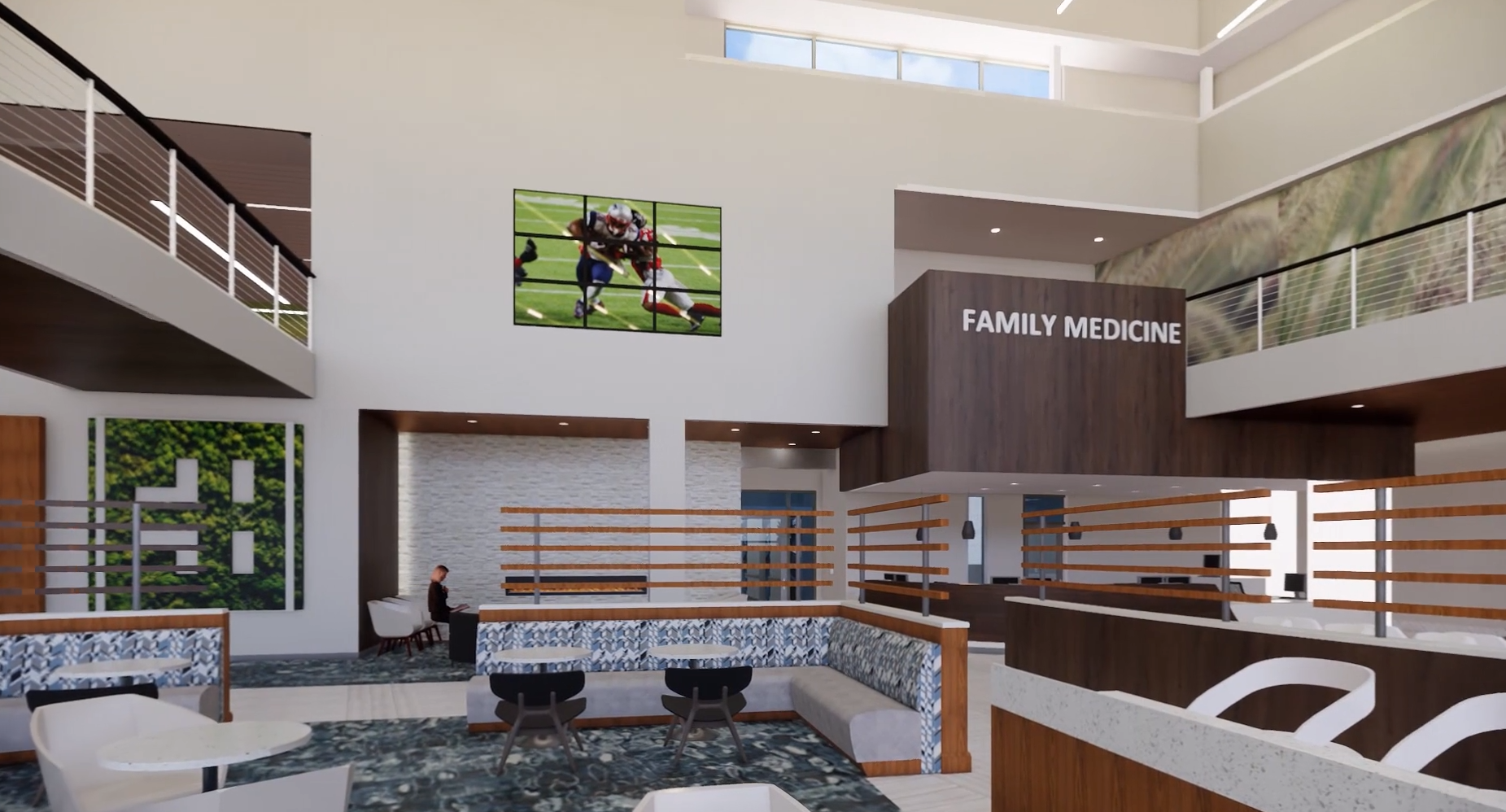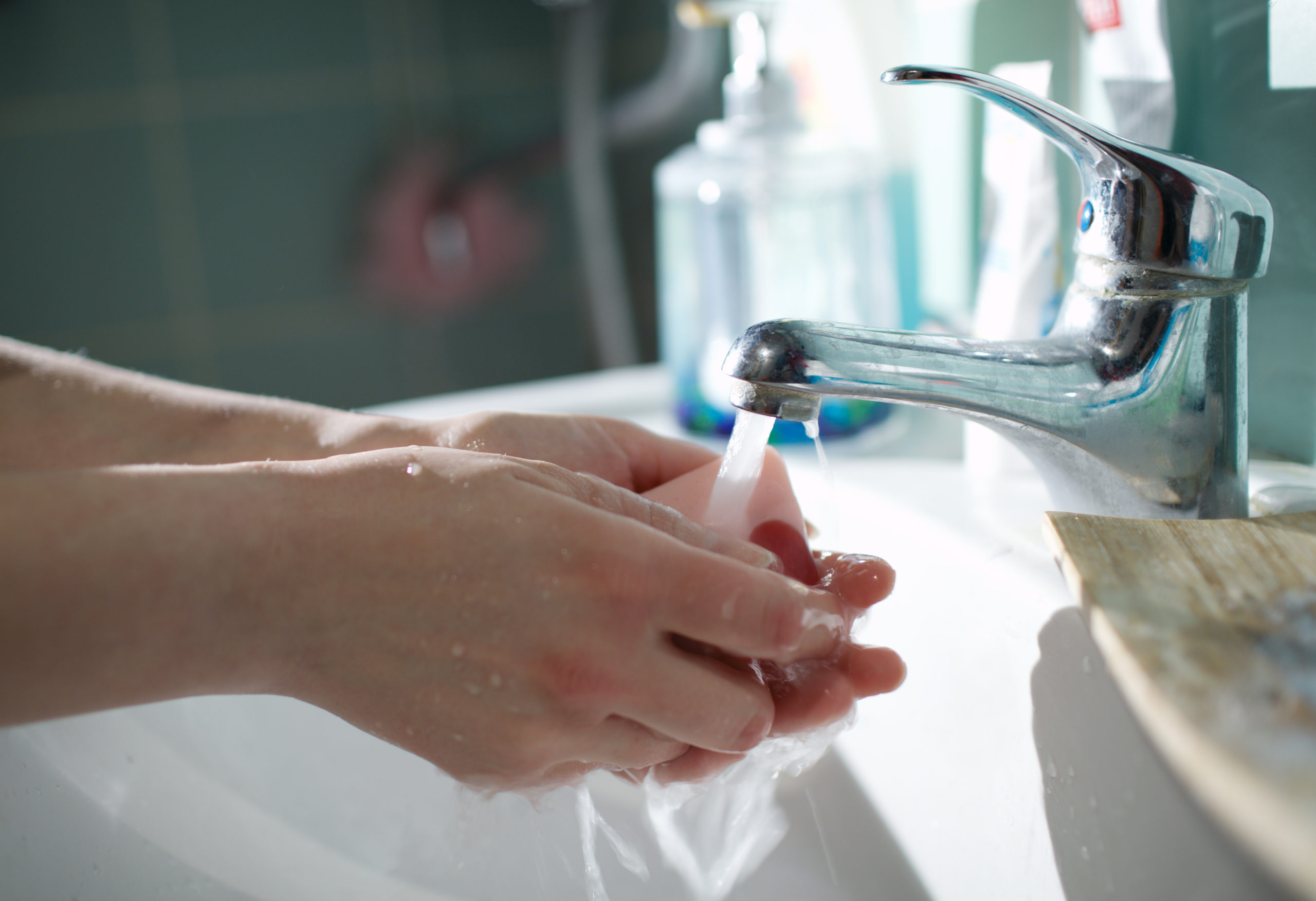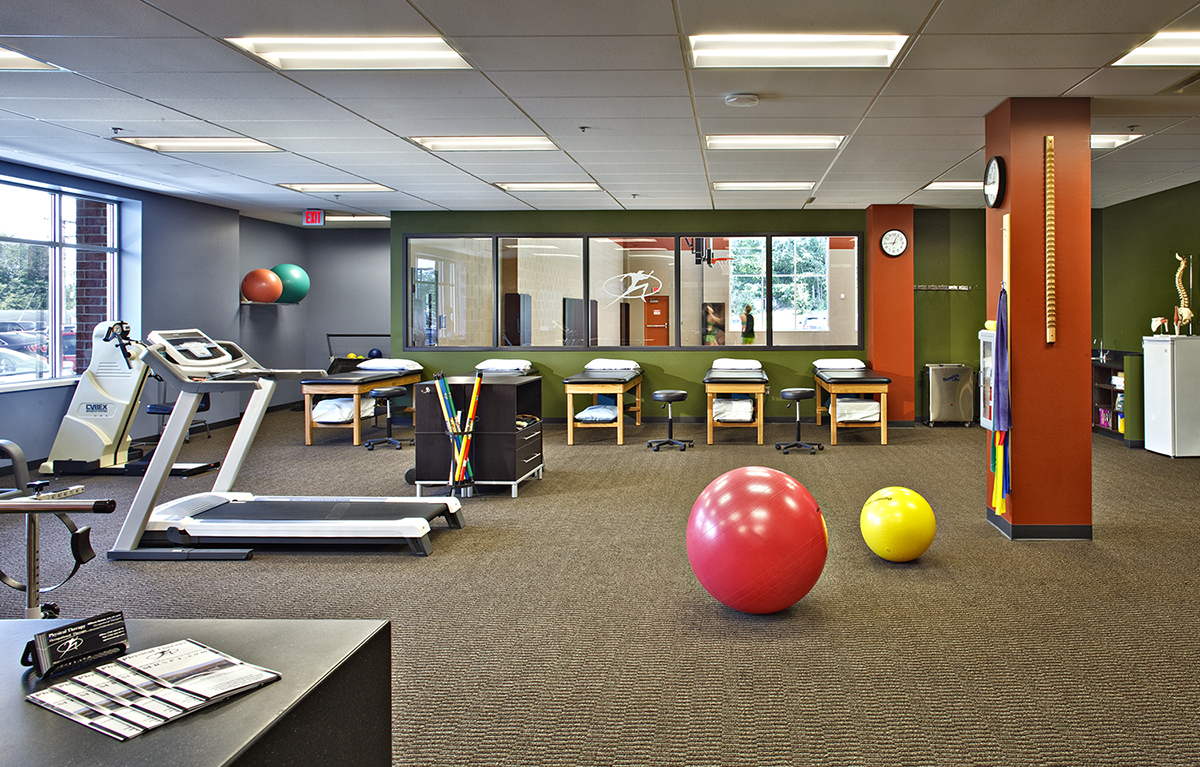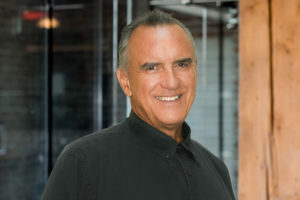
15 Apr The Medical Fitness Imperative: Part 2
AN IN-DEPTH SERIES ABOUT HOW DESIGN SUPPORTS SUCCESS IN THE INDUSTRY OF MEDICAL FITNESS
COVID-19: The Medical Fitness Industry Can and Will Survive!

I believe that it will still be possible in the post-COVID-19 world, to enjoy the benefits of exercise and social re-connection. The solution is in large scale testing. But not testing to identify sick people! We need testing to identify and certify millions of healthy people. The is the approach Disney is studying as they prepare to re-open their park in Shanghai, China.
Ask yourself “how many hand sanitizer dispensers, staff members in face masks wiping down equipment will it take for you to feel comfortable stepping onto a treadmill 6 ft away from a stranger who could sneeze at any moment?” Will the HEPA filters in the central HVAC system make you feel better about taking a high energy Zumba class with 6 ft of separation from the dancers all around you?
When I answer these questions for myself, the outlook is clear. No amount of physical shielding, localized microscopic decontamination or procedural intervention in the fitness environment will make a difference for me until I can trust, as I did before COVID-19, that I am not creating a health risk to the innocent member who follows me on the bicep machine and that there are no contagious carriers joining my yoga class. Access to fitness centers must somehow be restricted to symptom-free members who have been tested and certified clear of COVID-19. As an architect, I am out of my league trying to describe how, exactly, the technology for this kind of screening is accomplished. I can only imagine.

Consider that eventually we may see the entrances to medical fitness centers equipped with a metal detector-like automated gatekeeper. Only we are not worried about guns. We want this gatekeeper technology to deny entry to anyone with elevated temperature and anyone not certified as healthy and non-contagious. Once inside this screened, contagion free environment, members can enjoy their fitness routines pretty much as they did before COVID-19. Because such access control detection systems do not presently exist, we may see an interim period where that screening is performed manually by people in protective gear.
The fitness industry is not alone in its economic dependence on a defined, pre-qualified population of users. We call them members and charge them dues. Sporting events sell them tickets and call them spectators. Schools charge tuition and serve student populations. Think about the realities faced by restaurants, churches, movie theaters, weddings, funerals, office workers, and airplanes. None of these can truly function within the constraints imposed by social distancing, constant sanitizing and personal protection attire. A return to normalcy for these activities will require wide scale testing as an additional cost to the price of admission. As news reports begin to explore the circumstances needed to reopen the economy, you will hear more and more about the importance of testing as a health verification necessity.
I can remember boarding airplanes before metal detectors were installed in all airports. Someday our children may remember what it was like to attend a sporting event or walk into a fitness center without having their temperature checked!


